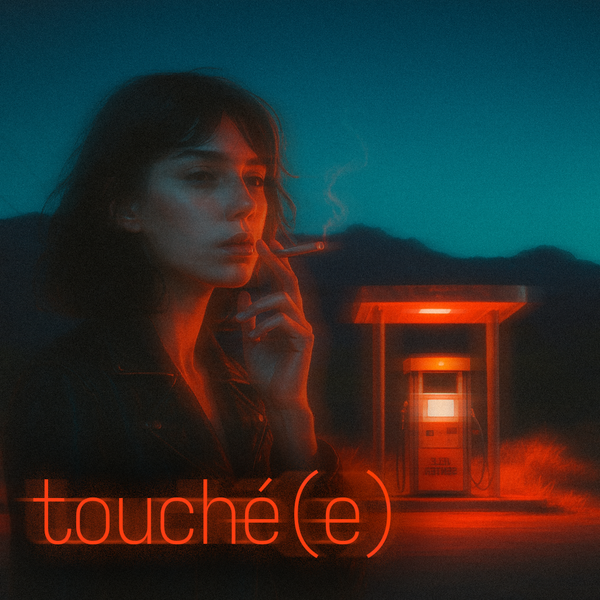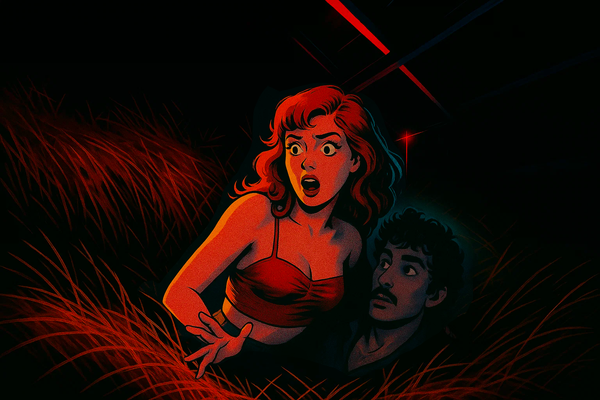Recreating Daft Punk's Something About Us
An in-depth, personal journey recreating Daft Punk’s “Something About Us” in Ableton Live 12 — track by track. From synths to talkbox guitars, a nostalgic dive into French Touch culture, sound design, and the joys of music production.
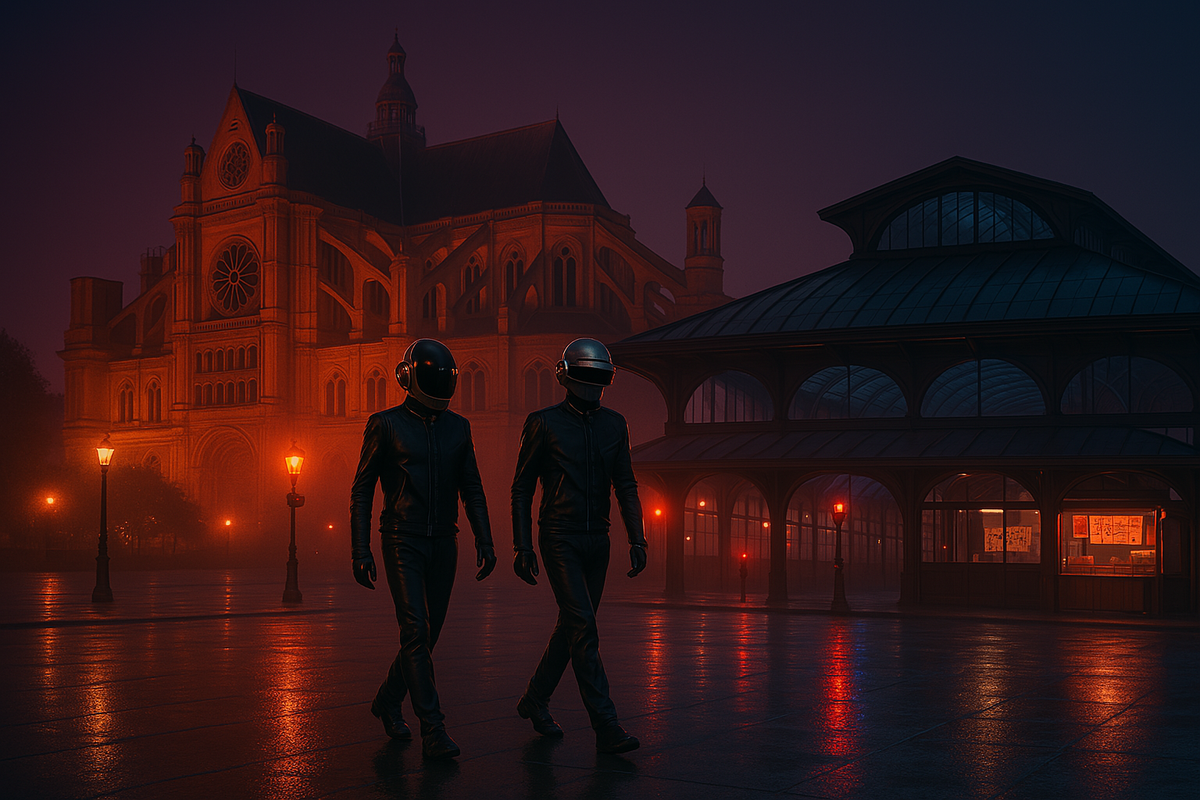
Marca Tatem (Instagram | Spotify) — San Francisco, April 3rd, 2025
Update: This post made the front page of Hacker News with over 298 points and has already gathered 7,000+ listens. Thank you all for the amazing response!
After years of finding it confusing and unintuitive, I finally gave Ableton Live another shot. With version 12 (current as of this writing), it feels significantly more refined—so much so that it's officially become my DAW of choice.
When learning a new music production software, recreating a cover track is always a smart move. You don't have to worry too much about the songwriting itself, which frees you up to focus on the tools and the production process.
For this project, I picked a track that's emblematic of the French Touch movement and now nearing its 25th anniversary: Daft Punk's Something About Us. Rebuilding it in a modern production environment turned out to be trickier than I expected, but here's how it went, track by track.
Wait... What's the French Touch, Anyway?
To me, French Touch isn't just a genre—it's a cultural artifact born from a very specific time and place: France in the late '70s and '80s. Its distinct sound is the product of a generation raised on analog dreams of the digital future.
These artists—Daft Punk, Justice, Kavinsky, and others—grew up immersed in a bizarre and colorful media landscape. Japanese TV shows like X-OR, Sankukai, and Albator 84 filled French screens with space corsairs, robotic heroes, and mythological remixes set in futuristic worlds. Their themes were packed with synths, arpeggiators, and digitized voices—sounds that now echo, with a grown-up edge, in the textures of French Touch music.
At the same time, France was pushing into the future: science museums, open-air electronic concerts by pioneers like Jean-Michel Jarre, and a sense that the 21st century was just around the corner. Yet beneath that techno-utopian veneer, cities like Paris remained gritty and raw. That tension—between the shiny and the grimy—runs deep in the DNA of French Touch. You hear it, especially in the darker, distorted edges of Justice and Kavinsky.
Let's also not forget the artists who laid the groundwork long before the French Touch became a thing. Quirky French electronic pioneers like Jacno, the retro-futurist charm of Telex from Belgium, and, of course, Giorgio Moroder, the godfather of Italo Disco—all contributed textures, tones, and sensibilities that would echo decades later. Even mainstream pop acts like Lio, Étienne Daho, or the orchestral-synth hybrids of Rondo Veneziano were constantly spinning on French FM radio, which in the '80s was a chaotic, genre-blurring space. This eclectic mix quietly wired an entire generation of young listeners with an appetite for melody, groove, and synthetic textures—key ingredients in what would later become French Touch.
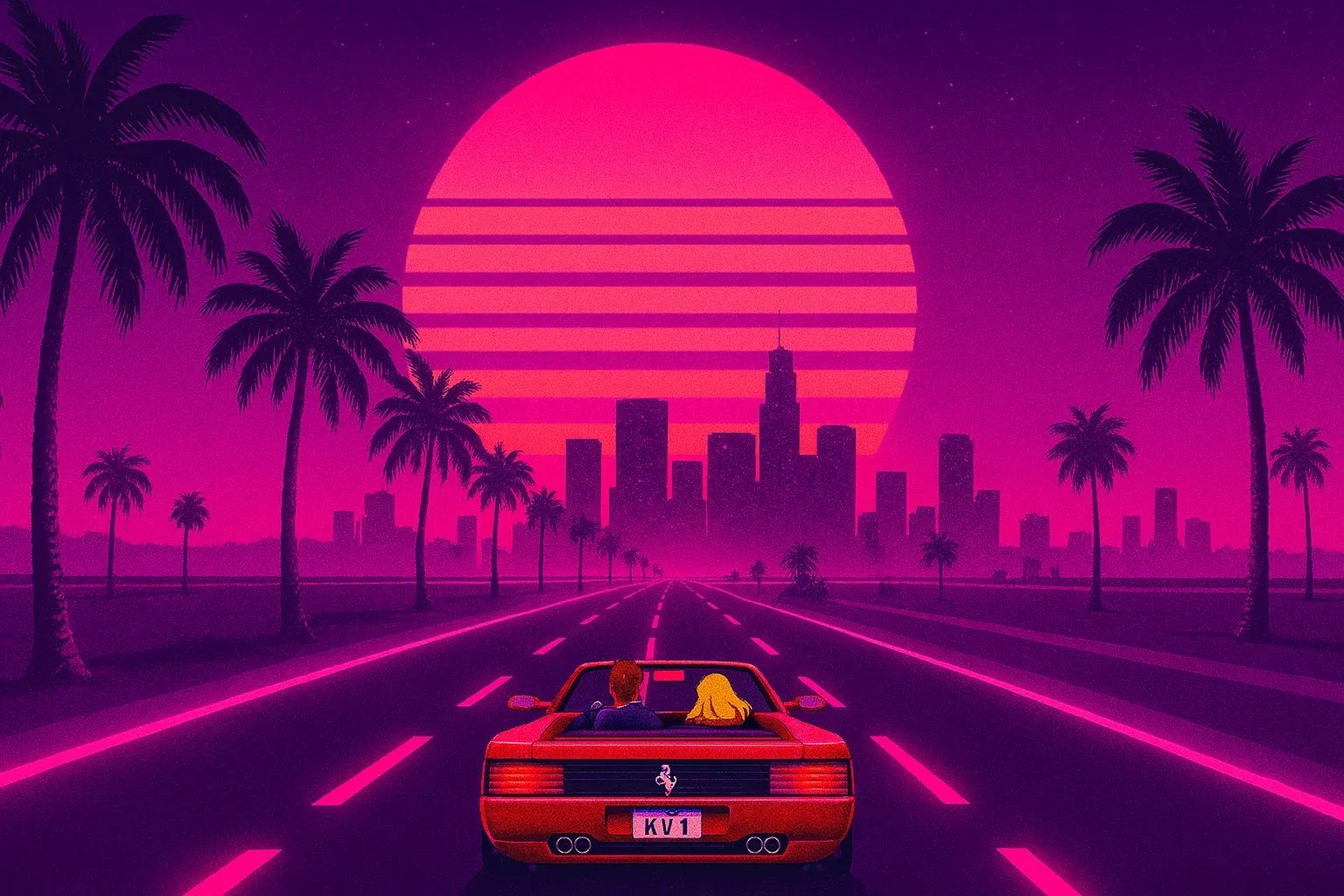
There's also a certain California dreaming that runs through much of French Touch. The imagery of Los Angeles—endless boulevards flanked by towering palm trees and that golden sunset light—is a romanticized vision of America that influenced the aesthetic, especially in later works. This fusion of European electronic sensibilities with American dream imagery created something uniquely transportive.
What started as a movement became a signature sound: nostalgic, futuristic, cinematic, dirty, emotional.
Why It Was So Hard to Recreate
Part of what makes French Touch so compelling is also what makes it hard to replicate today. Those lush, imperfect textures weren't just stylistic choices—they were the natural result of a specific time, place, and set of tools. Many of these tracks were recorded in a single take, often in cramped Parisian apartments or modest studios, using vintage analog gear and early digital samplers.
There's a rawness and spontaneity to that process. The hiss of a dusty synth, the unquantized groove of a looped disco break, the warmth of tape compression—all of it baked into the DNA of those tracks. Today’s high-resolution digital tools are often too clean, too precise. When you remove the imperfections, you also risk scrubbing out the soul.
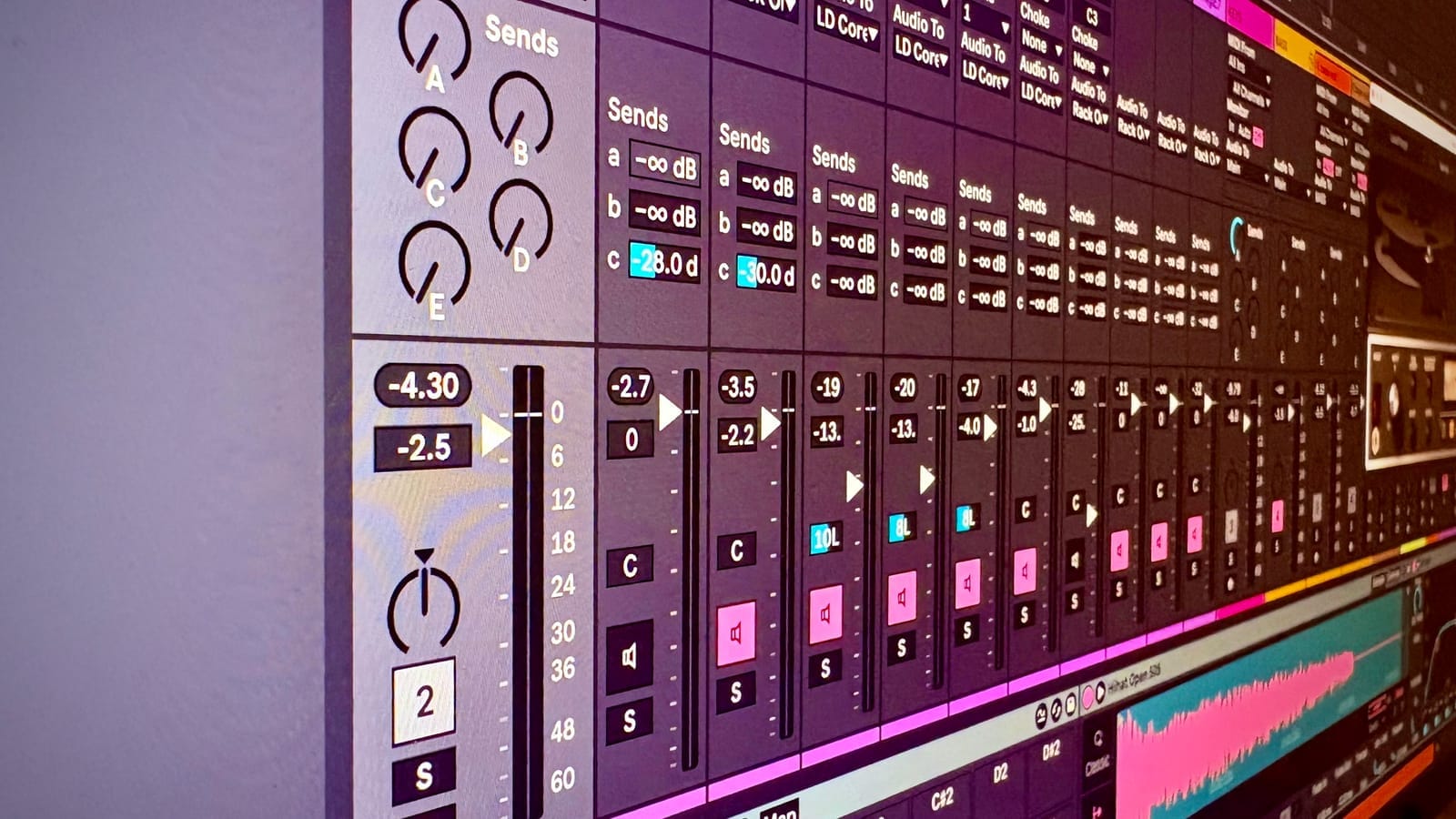
So when I set out to recreate Something About Us using modern software, I knew that recreating this track would be more than just copying notes or layering samples—I’d have to chase a feeling.
The Keys
In the original track, the keyboard part is likely played on a Wurlitzer electric piano—its signature bite and warmth are unmistakable. For my version, I opted for something slightly different: a warmer, more rounded tone using the excellent S.K.Y. Keys plugin, specifically the Everything Right preset. It doesn't try to mimic the original exactly but brings a vibe that fits the song's emotional core.
I kept the processing minimal: just a gentle midrange boost (mainly to make the part shine a bit more on AirPods), a touch of Ableton's stock Vinyl Distortion for added warmth, and side-chain compression tied to the kick for subtle movement in the mix. After the intro section, I remove the bass note from the keys to carve out space for the actual bassline to enter cleanly.
Here's what that part sounds like, dry and uncompressed:

Drums
The drum part in Something About Us is deceptively simple. For this project, I built a custom kit: the kick comes from a Roland TR-505, the closed hi-hats are from a TR-808, and I kept the open hi-hat from the stock TR-505 sounds. It’s a classic combo that delivers the crisp, laid-back groove the track needs.
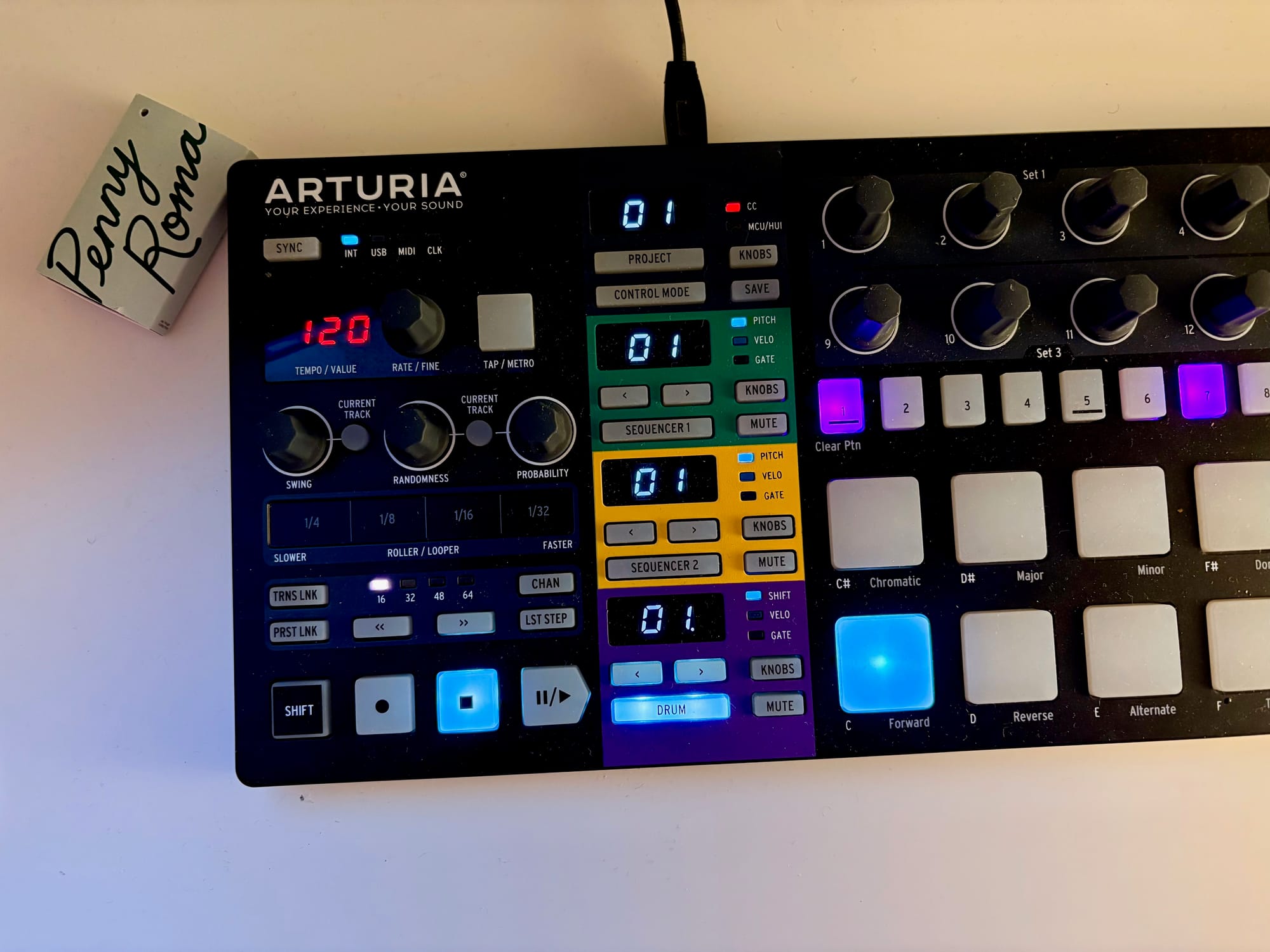
Now—the snare. This one was tough. I spent a long time trying to recreate it, convinced it was a processed acoustic snare layered with something synthetic. After too many failed attempts, I caved and sampled the original. Yes, the snare is the only part I couldn’t fully replicate.
To isolate it, I used an AI stem-splitting tool called LANDR Stems, which did a surprisingly clean job of pulling the drum track apart from the rest of the mix.
Here's the full drum pattern:

Here's the final snare sample, isolated:

In terms of processing, I applied compression to give the groove some punch and then ran the whole drum track through a tape emulation plugin (Tape Machine 24 from IK Multimedia) to smooth out the transients and give it that slightly worn-in warmth.
Bassline
Like the drums, the bassline in Something About Us is incredibly minimal—just a straightforward octave pattern, no ghost notes. It's tightly quantized and split across two layers that work together to form the full tone.
The low octave is a simple synth—nothing fancy. I used Ableton's stock Operator with the Guitar Bass preset as a starting point. A bit of EQ boosts the low mids and rolls off everything below 40Hz, and it sits nicely in the mix.
The high octave, on the other hand, comes from a sampled electric bass. I recorded a single plucked note on my own bass, loaded it into Simpler, activated Warping, and that was enough to get the right texture.
I grouped both tracks and ran them through a Glue Compressor, side-chained to the drum track for a bit of breathing and bounce. It's clean, tight, and fits under the keys without stepping on anything.
Here's the bassline coupled with drums:

Here's the bassline soloed:

The Cocotte
One of the more unique textures in Something About Us is what we in France call a "cocotte"—a muted, rhythmic funk guitar riff, aka chicken guitar. In this case, it's processed through a Talkbox, which gives it that vocal, filtered tone.

If you're unfamiliar with a Talkbox, it's essentially a tiny speaker pushing sound through a plastic tube into your mouth. You shape the sound using your mouth movements, almost like playing a mouth harp, and that modulated sound is then picked up by a microphone. It's been famously used by artists like Zapp & Roger, Stevie Wonder, and of course, Daft Punk.
I must admit something: while I consider Daft Punk's first two albums absolute masterpieces, I've never been a huge fan of their guitar tones—especially their later collaborations with Nile Rodgers. There's nothing technically wrong with them, but I prefer funk guitars that are punchier, more percussive, and full-bodied. Yarol Poupaud’s work with FFF is more my jam—or, even closer to home, Nicolas Bogue, Breakbot's guitarist, who taught me everything I know about funk guitar when I was a teenager.
In Something About Us, the cocotte is very subdued—the ghost notes are barely there, almost unnaturally so. That may have been intentional, but I wanted to bring a little more texture and bounce into my version.
I recorded the part using a Les Paul through Guitar Rig's "High White" amp sim (a Hiwatt emulation), with a touch of cabinet (around 5%) to keep it from sounding too boxy. The space and depth come mostly from reverb, sent through a bus using Wave Alchemy's Magic 7 (a lush emulation of the Bricasti M7).
Here's the cocotte soloed:

The Wakawak
Okay, I couldn't think of a better name for this one—Wakawak just fits. It's a synthetic take on a trimmed funk guitar chord, dripping in reverb and slapped with a tightly synced, panned echo. It's playful and rhythmic and adds a little magic sparkle in the background.
This sound was one of the trickiest to get right. It took quite a bit of back-and-forth. At its core, it's a synth patch designed to mimic that snappy, vocal-like quality you'd get from a well-timed guitar chop.
The patch starts with a simple waveform in Ableton Live's Wavetable, shaped by a smooth, triangle-like LFO that modulates both the amplitude and filter cutoff frequency, creating the signature pulsing movement. To add a bit more funk character, I ran it through an envelope filter stompbox emulation, which gave it a gritty, slightly overdriven sweep—more like a dusty analog auto-wah you'd find on an old pedalboard than a pristine digital effect.
The spacey vibe comes from a stock Ableton Delay on a send bus, panned hard right and set to tempo-sync. Tons of reverb helps it blend into the background without losing presence.
Here's the Wakawaka soloed:

The Theme
This lead sound—silly, playful, and deceptively simple—was surprisingly difficult to pin down. After quite a bit of experimenting, I landed on something pretty close using Arturia's Jun-6V, their emulation of the iconic Roland Juno-6.
That soft, rubbery tone with just a hint of analog instability is key to the emotional feel of Something About Us. While you can approximate it using Ableton Live's Operator with the Analog Bouquet preset, it still lacks the warmth and nuance of a proper analog emulation.
Here's the theme soloed:

The Guitar Solo
The silky, melancholic guitar solo is one of the emotional peaks of Something About Us. While I can't say for sure, I'd wager the original was played on a hollow or semi-hollow body guitar—you can hear that smooth resonance and airy tone in the phrasing.
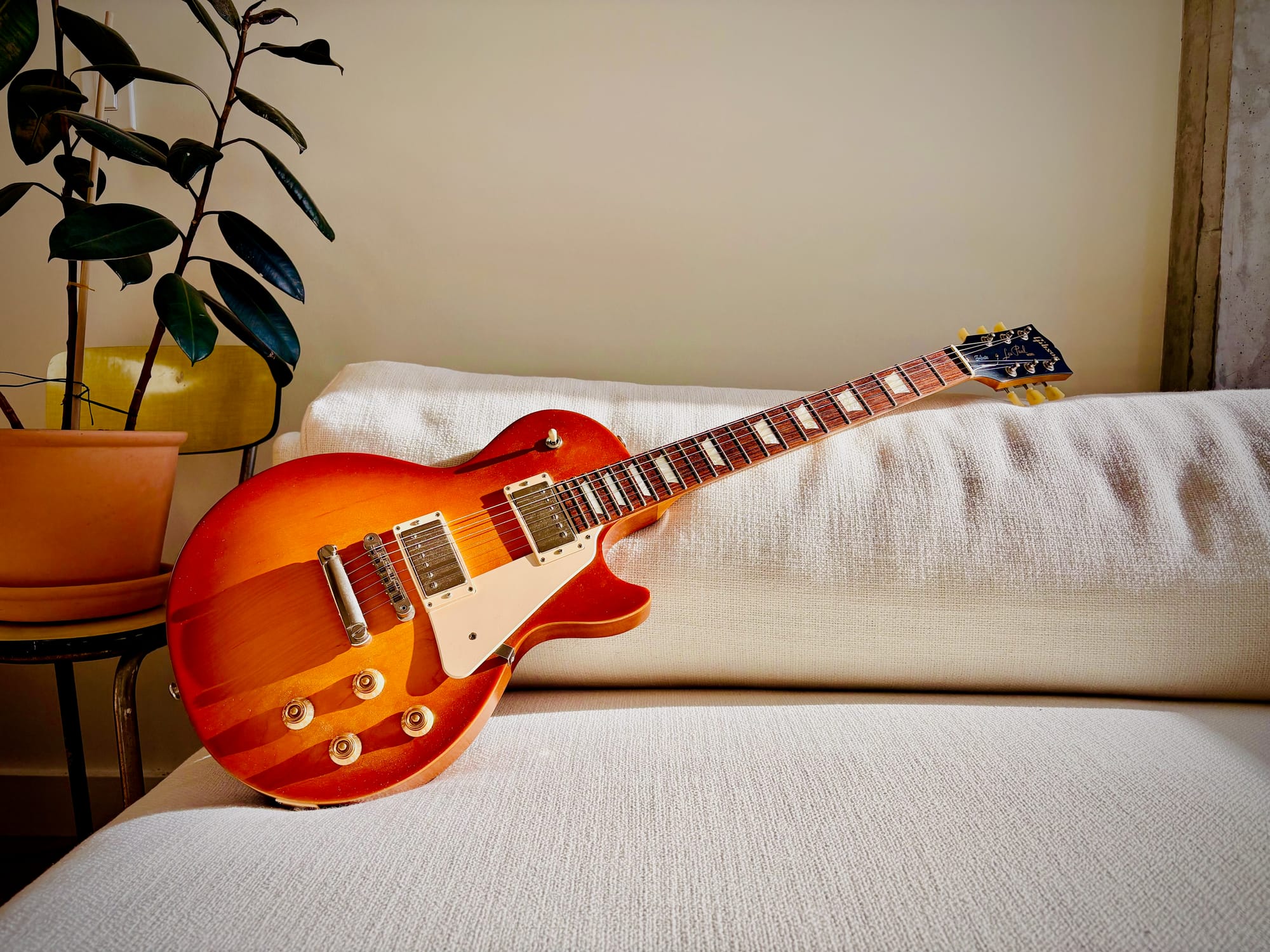
For my version, I recorded the solo ad-lib on my Les Paul, and I was lucky enough to stumble upon a preset in Guitar Rig that felt just right. I gave it a few subtle tweaks, adding in simulated hum and noise via the Noise Machine rack to inject a bit of vintage character and imperfection.
I ran it through a compressor to even out dynamics and used Raum, also in Guitar Rig, for some warm, spacey reverb that lets the notes breathe without feeling too polished.
Here's the guitar solo:

The Vocals
Lead
Ah yes—the vocals. Now that's a big one. First, I genuinely believe you can't fully replicate the vocal texture of the original unless you're slightly sick—it's got that warm, congested, Vick Vaporub feel.
I tried a few approaches, including a vocoder, but it ended up sounding too synthetic. Even with careful dry/wet blending, it was either too robotic or too clean—and in both cases, it lost clarity.
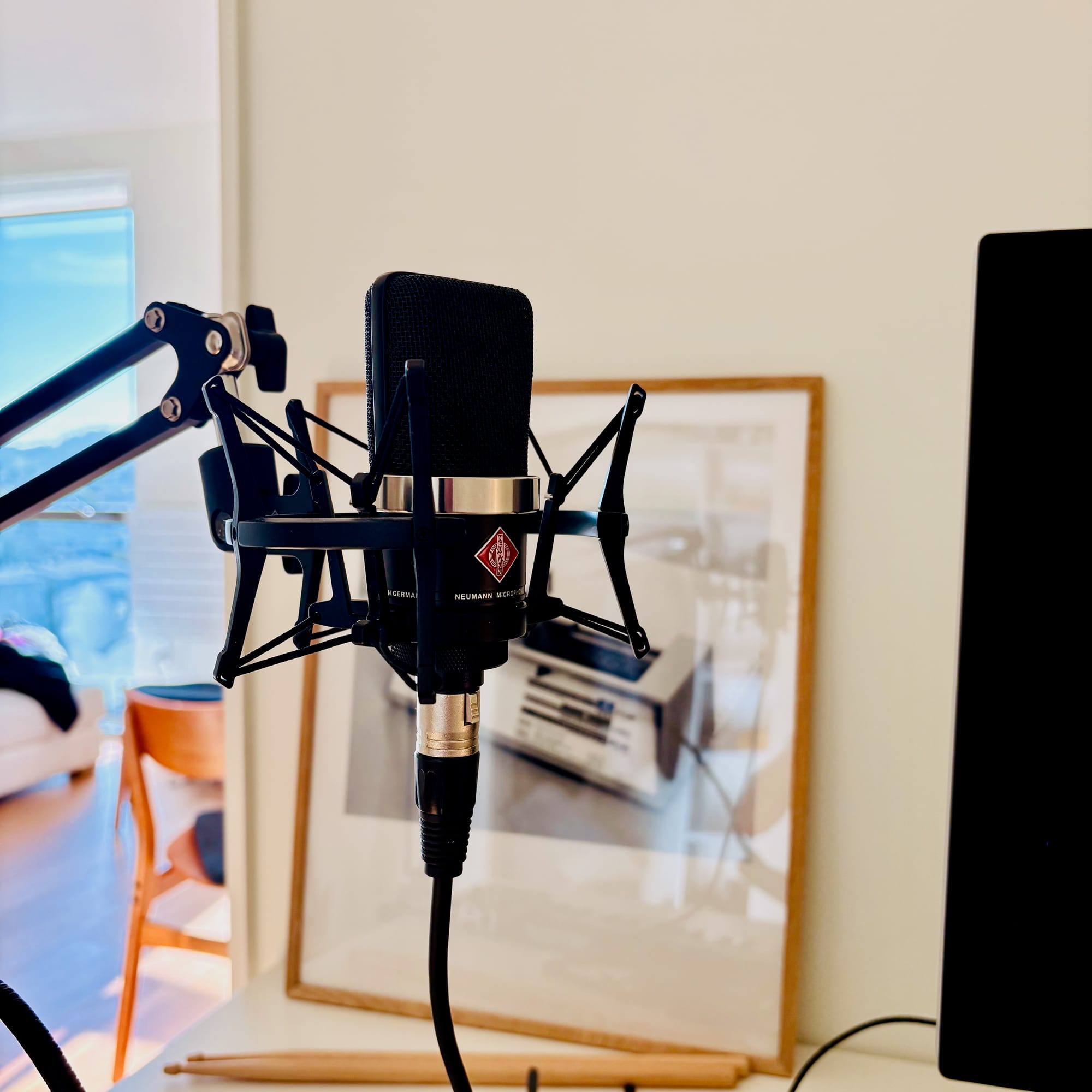
In the end, I went with a more organic solution: I tracked the vocals in my apartment in the Mission, San Francisco, and used Ableton's Auto Filter to sculpt the tone dynamically. I automated the filter to gradually open during the second half of each phrase, and close it sharply at the start of the next one—giving the vocal that breathing, evolving texture. I also played around with the filter automation on specific words like "do" and "you" in the phrase "I've got to do/share with you." It's not perfect, but it captures the vibe.
Harmonies
There's a beautiful, super-typical Daft Punk harmony on "right one" and "right time" in the second verse—possibly vocoded in the original. It took me a while to figure out the voicings (I'm no music theory wizard), but after some trial and error, I got something I'm really happy with. "Right one" might still be a little off, but I think I nailed "right time"—and let's be honest, that's the pretty one.
I filtered the harmonies using Auto Filter again, bounced them down to a stereo track, and used the Wide Stereo preset in Ableton's Utility plugin to give them that spread. Add a bit of Magic 7 reverb on a bus, and boom—they melt right into the mix.
Here are the harmonies soloed:

Here they are with the lead vocals:

Vocoder
For the final section, I went full robot. I used a stock Operator synth as the carrier, routed it into Ableton's stock Vocoder, and processed the output with a high-pass filter and the Chorus-Ensemble plugin to give it more dimension and movement.
The vocoder is mixed in with the dry vocal until the balance feels just right—enough to sound synthetic but emotionally grounded. Basically, it ends up sounding like a little robot backing me up with its heart on its sleeve.
Here's the vocoder soloed:

And here's the vocoder blended with the lead:

From Paris to San Francisco: A Personal Note
This project was as much about nostalgia as it was about production techniques. Born and raised in Paris in the '80s, I grew up surrounded by the cultural influences that would eventually shape French Touch. Now, having lived in California for the past seven years, reconstructing this track felt like building a sonic bridge between my past and present.
This recreation isn't perfect—nor was it meant to be. It's a personal interpretation filtered through my musical sensibilities and the tools available to me. What mattered more than technical precision was capturing the emotional essence that made the original so affecting.
A huge part of the joy came from working in Ableton Live 12, which now feels like an extension of how I think:
- The keyboard shortcuts and editing feel almost like using a great text editor—Sublime Text for music.
- Audio editing has improved dramatically. Where Pro Tools was once the undisputed champion, it now feels more like BBEdit. Still powerful, but clunky. Logic, meanwhile, still lags behind.
- The stock effects and instruments are incredibly well-designed. The built-in Samplerand Wavetable synths are top-notch. For certain sounds, sure, I still reach for plugins (especially analog emulations like Arturia’s), but the native tools are more than enough to create something great.
- Every module shares a consistent user interface, which really helps you stay in the flow.
- It’s fast. Projects load quickly, startup is near-instant, and it handles plugins like a champ. (Seriously, how does Logic still take so long?)
- Even under load, Live stays snappy. It never gets in the way of the creative process.
- The Drum Rack is beautifully intuitive—a joy to use and miles ahead of Logic’sequivalent.
After bouncing the session, I moved to T-Racks for mastering, putting the final polish on a project that was as educational as it was enjoyable.
This is a personal interpretation, not a definitive one. But I hope you enjoyed reading it, and maybe even listening along ❤️
Here's my personal page and my Instagram account.
